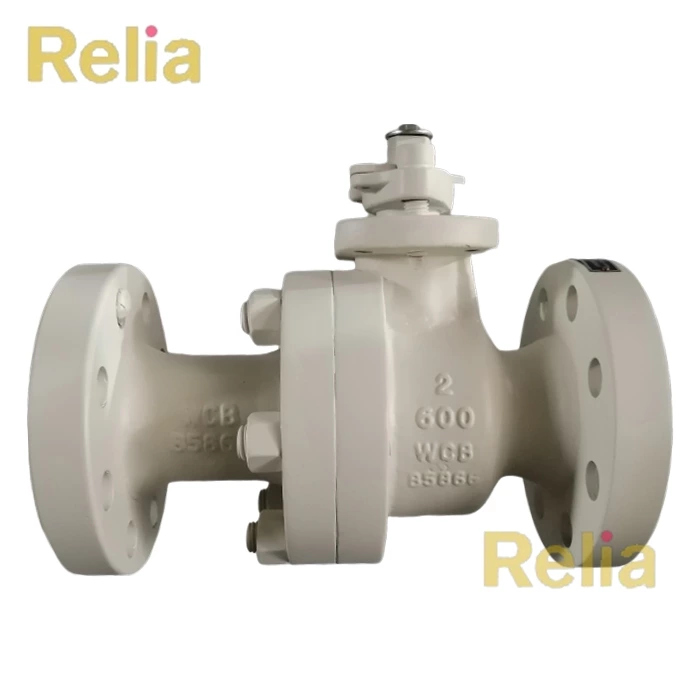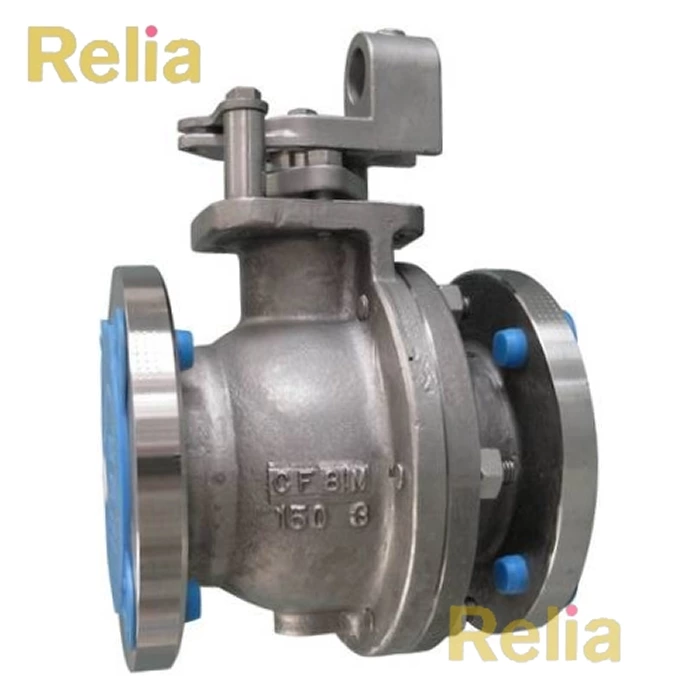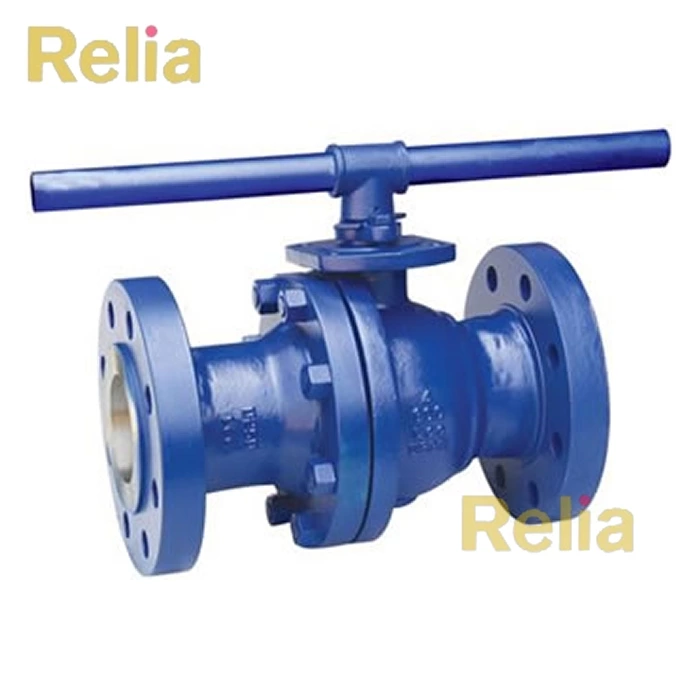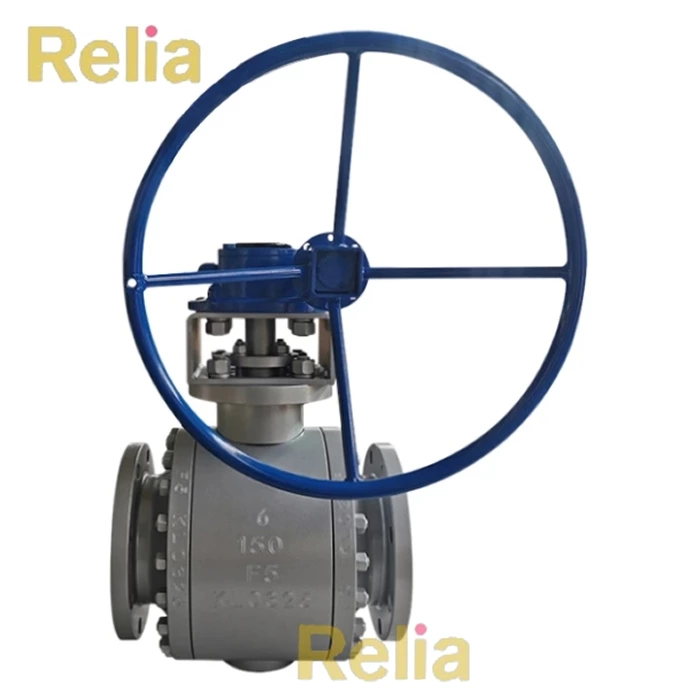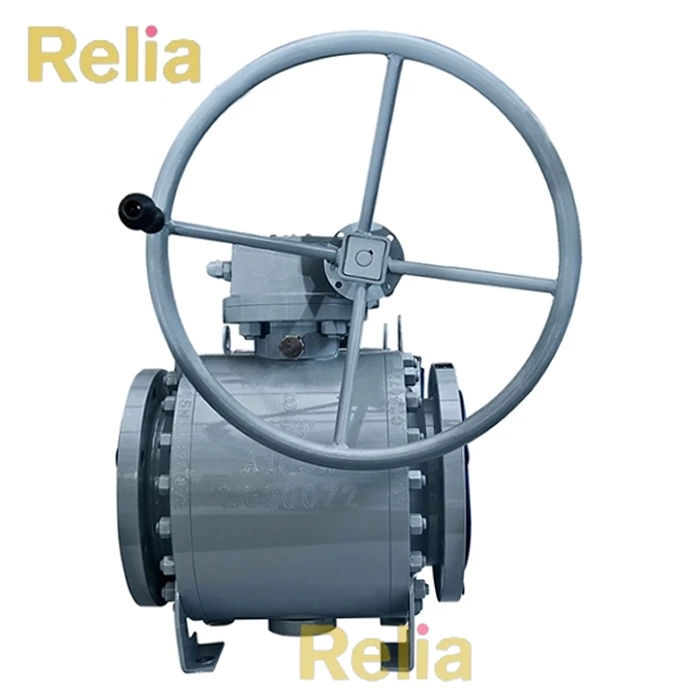Quarter Turn Valves Types
Quarter-turn valves require a quarter rotation to fully open or close the valve. They are rapid to open and close. Types: ball, plug and butterfly valves.
Quarter-turn valves are common in industrial applications because they are simple to automate and act similarly to a switch that is either on or off. The quarter-turn valves are used sometimes due to a restriction of space.
Quarter trun valves mainly include ball valves, plug valves, and butterfly valves.
Quarter-turn Ball Valve
A quarter-turn ball valve is a shut-off valve that controls the flow of a liquid or gas by means of a rotary ball having a bore. By rotating the ball a quarter turn (90 degrees) around its axis, the medium can flow through or be blocked. They are characterized by a long service life and provide a reliable sealing over the life span, even when the valve is not in use for a long time.
Quarter-turn ball valves are best suited for on/off applications. Throttling is possible, but not an ideal use for most standard ball valves. Specialty ball valves are available for throttling.
Quarter-turn ball valves can be classified as floating ball valve and trunnion ball valves.
Plug Valves
A plug valve is a quarter-turn rotational motion valve that uses a tapered or cylindrical plug to stop or start flow. In the open position, the plug-passage is in one line with the inlet and outlet ports of the valve body. If the plug is rotated 90° from the open position, the solid part of the plug blocks the port and stops flow. Plug valves are similar to ball valves in operation.The plug has a straight through full port opening.
There are advantages to plug valves that make them the preferred choice in certain applications. One is that they contain no voids or cavities in which media can get trapped. Another is that they can be adjusted to fix leaks that may develop over time, whereas a ball valve would need to be repaired or replaced.
Plug valves are typically used for on/off applications. Plug valves are frequently used in corrosive environments, such as those found in refineries and chemical plants.
Plug valves can be classified into two types:
-Lubricated
-Non-Lubricated
Lubricated Plug Valves
Lubricated Plug Valves allow lubrication to be injected into a fitting under pressure through grooves in the plug or body to prevent fluid leakage between the plug face and the valve body. The reduced friction from the lubricant also enhances the easy and quick operation of the valve. The lubricated plug valve seals only against the downstream seat and, when properly lubricated, is often the most leak-free seal available. Temperature limits will be based on the lubricant used within the valve, and the pressure drop should be fairly low due to the flow path being streamlined.
Lubricated Plug Valves are often used in handling hydrocarbons, corrosive fluids, and slurries.
Non-Lubricated Plug Valves
Non-Lubricated Plug Valves have multiple different subgroups, comprised of Lift, Sleeved, Lined, Eccentric, and Offset Eccentric.
Lift type non-lubricated valves are designed so that the stem first lifts the plug off the seating surface and then rotates the plug into the open position. This is useful in extending the life of the plug as it is not being drawn against the seating surface during stroking. After rotating the plug to the closed position, the handwheel will continue to need to be rotated until the plug is properly in position against the seat. The mechanical seal on both the upstream and downstream sides of the valve in the closed position allows this type of plug valve to be used as a double block and bleed. This feature allows the center section to bleed or clear any debris within the valve if it has been equipped with a bottom access plate.
Butterfly Valves
In contrast to ball and plug valves, butterfly valves use a disc-shaped obstructer. Basic, general-duty butterfly valves are called "resilient seated". They have a single seal ring that acts as a seal between the valve body and disc, as well as a seal between the pipe flanges and valve body. When the disc is perpendicular to the direction of flow, the flow is stopped. When rotated 90˚ ,the flow goes through the valve by traveling around the slim profile of the disc.
A butterfly valve is commonly used on larger pipe sizes, while a ball or plug valve would be very large, expensive, and heavy. Butterfly valves also function rather well as flow control valves or on/off valves. If a manual actuator is used in a flow control application, it must lock into place so that the force of the fluid does not rotate the disc in either direction. Most manual butterfly valves do incorporate this feature.
